
August
2016 |
 |
|
|


What Does the Battle of the Somme
Mean to a Yank?
In a few days, I'll be departing for France to lead a group on a tour of the 1916 Somme battlefield. For people of the UK and the Commonwealth nations the Somme is the defining battle of the war, if for no other reason than it touched almost all their families. Now there are possibly some distant relatives of mine — maybe from the 16th Irish Division — buried in one of the CWGC cemeteries, but I never heard of them. Nevertheless, when our group lays a wreath at the Thiepval Memorial on 19 August, I assure you, I will have a knot in the pit of my stomach. I know this because that always happens when I look at that towering list of 73,000 names of the missing.
Since I first noticed this effect, I've tried to fathom why the Somme, in particular, does this to me. I think it has to do with military funerals. A long time ago, I was an altar boy in St. Charles Parish in San Francisco. I used to volunteer to serve at funerals to get out of class, especially if there was a trip involved to a cemetery outside of the city. The round-trips would consume hours and I looked at these periods as pure escape-from-prison time. The nuns never figured out what I was up to. Then one day I found myself at the Golden Gate National Cemetery for a military burial. It had a unique air of seriousness and ritual that I had never before experienced. There were riflemen to fire the last salute (they were sailors that day), a bugler to blow Taps, and it concluded with a very formal folding of the American flag and presentation to the widow, who, I noticed for the first time, looked like she was nineteen years old. This meant the deceased was probably about a half dozen years older than me. It felt so uncomfortably immediate that I resolved to avoid such events furthermore. Later, when I was in the Air Force I was tabbed for the extra duty of Escort Officer for the remains of a deceased service man. I used to pray that I would never be called on to perform that duty, and I am glad to this day my prayers were answered.
Anyway — back to the Somme. With all the cemeteries around every corner and its singular, monumental main memorial, the Somme battlefield makes me feel like I'm in the middle of one never-ending military funeral, a sensation I still find disconcerting.
MH

|
2016 Events
2016 National WWI Symposium
The World War I Historical Association, the General Douglas MacArthur Foundation, and the World War One Centennial Commission are holding this year’s event on 21-22 October in Norfolk, VA. This year’s theme is “1916: Sex, Planes, and Disasters.” DETAILS
FIRST AIR WAR Centennial Symposium
Saturday — 10 September 2016, 10 a.m.-4 p.m. at Laney College, Oakland, California. Topics include the World’s First Strategic Bombing Campaign, and “Knights of the Sky” and the Struggle for Air Superiority. CO-SPONSORS: World War One Historical Association and League of World War I Aviation Historians. DETAILS
League of WWI Aviation Historians — Mid-Atlantic Chapter Meeting
Saturday — 17 September 2016, 10 a.m.-5:30 p.m. at the
National Air and Space Museum’s Steven F. Udvar-Hazy Center on the Hangar Floor Level. Topics include the Caproni bomber, air warfare at Verdun, and historical research for aircraft modelers. EMAIL
|
|
Encourage Young People to
Appreciate Their History
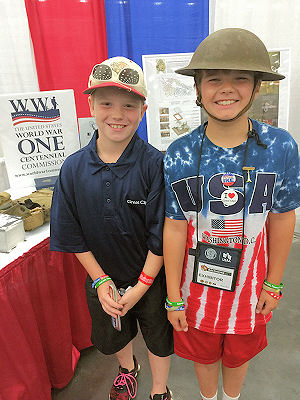
This Is How It's Done

Little-Known Actors in the Great War Drama
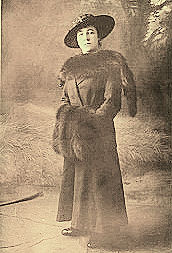
Gabrielle Petit, Secret Agent
Some people who have fallen off of history's pages made a big impact on the events of 1914-1918. Here are a few interesting cases.
 Admiral Herman Bauer (1875-1958)
Admiral Herman Bauer (1875-1958)
 Colonel Max Bauer (1875-1929)
Colonel Max Bauer (1875-1929)
 King Ferdinand I of Romania (1865-1927)
King Ferdinand I of Romania (1865-1927)
 Lt. General Hugh Sandham Jeudwine (1862-1942
Lt. General Hugh Sandham Jeudwine (1862-1942
 Congressman Julius Kahn (1861-1924) [pdf file]
Congressman Julius Kahn (1861-1924) [pdf file]
 Wojciech Korfanty (1850-1919)
Wojciech Korfanty (1850-1919)
 Alfred Mond, 1st Baron Melchett (1868-1930)
Alfred Mond, 1st Baron Melchett (1868-1930)
 Gabrielle Petit (1893-1916)
Gabrielle Petit (1893-1916)

American Ace with the Royal Flying Corps
One hundred years ago this month, Fred Libby, then an enlisted observer/gunner became the first American ace of the war. He later added a number of kills as a pilot before transferring over to the American Air Service. Although some sources don't credit gunners for shoot downs, Fred was prouder of the 10 he had when he was an observer than the 14 he later accumulated as a commissioned pilot. Fred later wrote a popular memoir on his war service titled Horses Don't Fly.

Not Really a Pacifist
Never mind about that now. The Germans are frightfully efficient and will invade us too. We must have a levée en masse. We must get out our shot guns and man the hedges and ditches, but it will be the end of civilization.
H.G. Wells, August 1914
|

|

U.S. Centennial Organizations & Resources
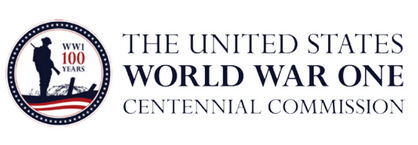
worldwar-1centennial.org/
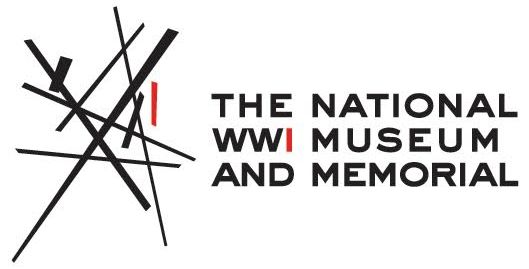
theworldwar.org/
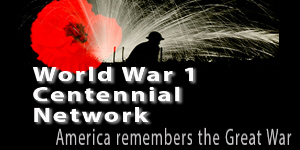
www.ww1-centennial.org/

www.firstdivisionmuseum.org/

www.abmc.gov/
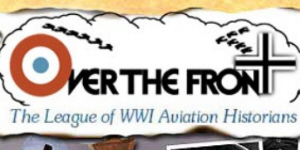
www.overthefront.com/
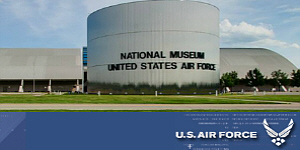
www.nationalmuseum.af.mil/
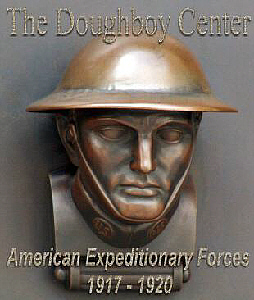
www.worldwar1.com/dbc/
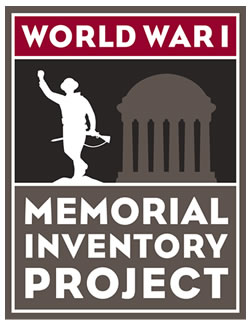
facebook.com/wwiinventory

wisconsinhistory.org/

www.uswarmemorials.org/

www.macarthurmemorial.org/

www.saving-hallowed-ground.org/
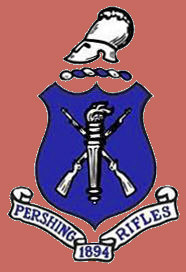
www.theprgroup.org/
Support Worldwar1.com's Centennial Effort
Shop at Amazon.com
|
The Centennial Ticker
The World War I Commemoration Must Be Local (Too)!
I have used a lot of space in the Trip-Wire asking for your support for America's national World War I memorial project. It, to me, is still Priority One. However, finding ways for communities to remember, reflect on, and appreciate the contributions and achievements of their families and local citizens is also vitally important. Local events can turn the Centennial into a personal experience for everyone. Here are some things already going on to help make the commemoration local for Americans. Possibly you can draw on this work or find inspiration to do something similar in your home town.
Learn Your Heritage!
Local, Regional, and State Histories are
Coming Off the Presses
First, it is important to know that a lot of work has been done already and can be built-upon. More publishers are turning out WWI titles focusing on States, regions, towns, and military installations. Here, I'd like to single out just one publishing collaboration: Arcadia Publishing and The History Press headquartered in Charleston, South Carolina. Together they are the largest and most comprehensive publishers of local and regional books in the United States with a library of more than 12,000 titles. The two imprints publish a combined 900 books each year. Their full collection can be searched at:
https://www.arcadiapublishing.com/
Below are examples of two categories of their superbly illustrated World War I monographs. The first image shows their great selection on the training camps built for the Doughboys and were later used for WWII's GIs. While the authors take different approaches, they all cover the building of the camps, the sudden impact of tens of thousands of young men arriving in the area, and details about the particular units that trained on the bases.
The second is a collection of their volumes on how states, sections, and towns experienced the war. You own local library or historical society may already have published similar works on your area.
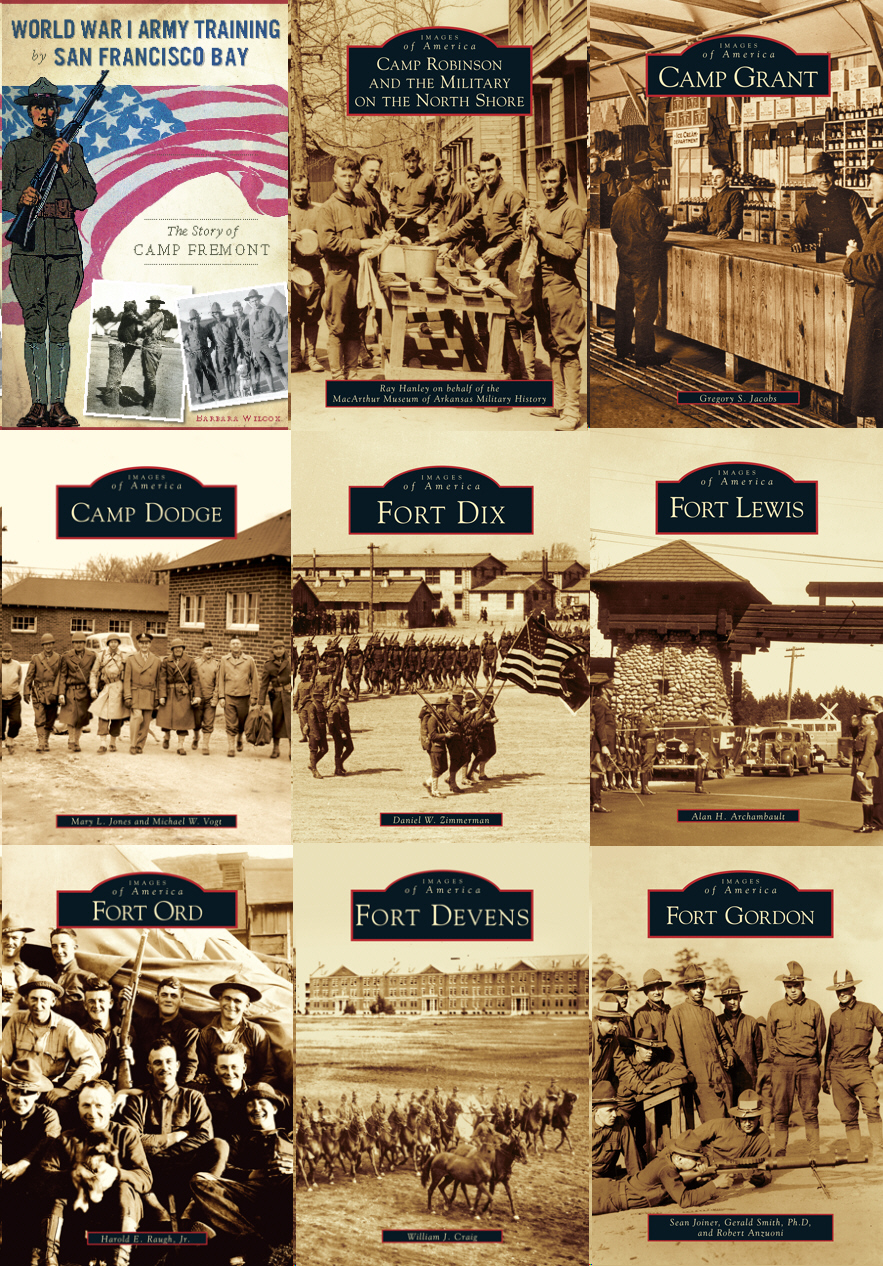
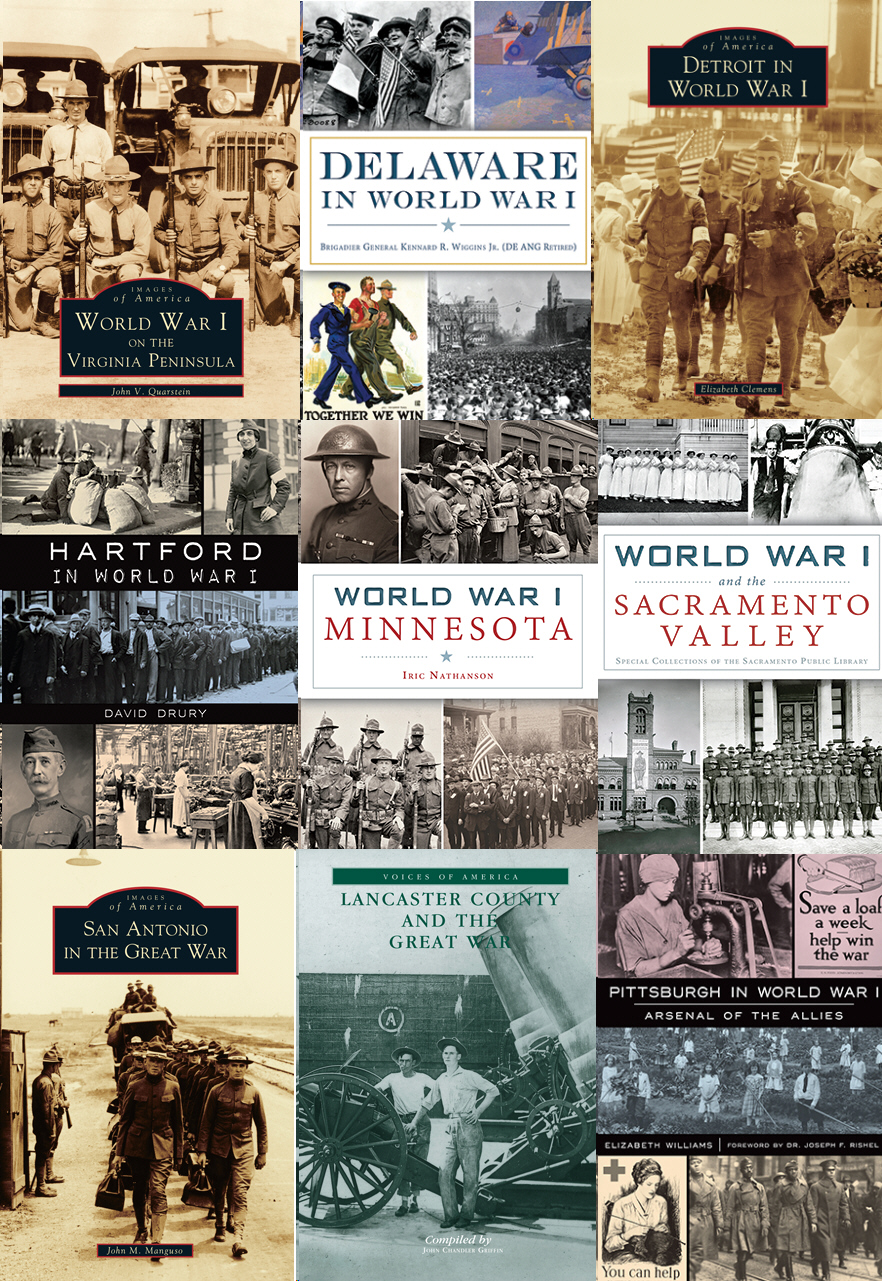
Enlist!
Local, Regional, and State Efforts Are Getting Under Way Now
One way you can foster interest in America's Great War experience and an appreciation and pride in the nation's heritage is to participate in the many local efforts being initiated around the country. The World War I Centennial Commission has provided a big push for these committees. Below are logos of just a few of the efforts being mounted by states, communities, and ad hoc groups. Try to find out what's going on in your neck of the woods and attend their events. Volunteer to help their efforts if you can.
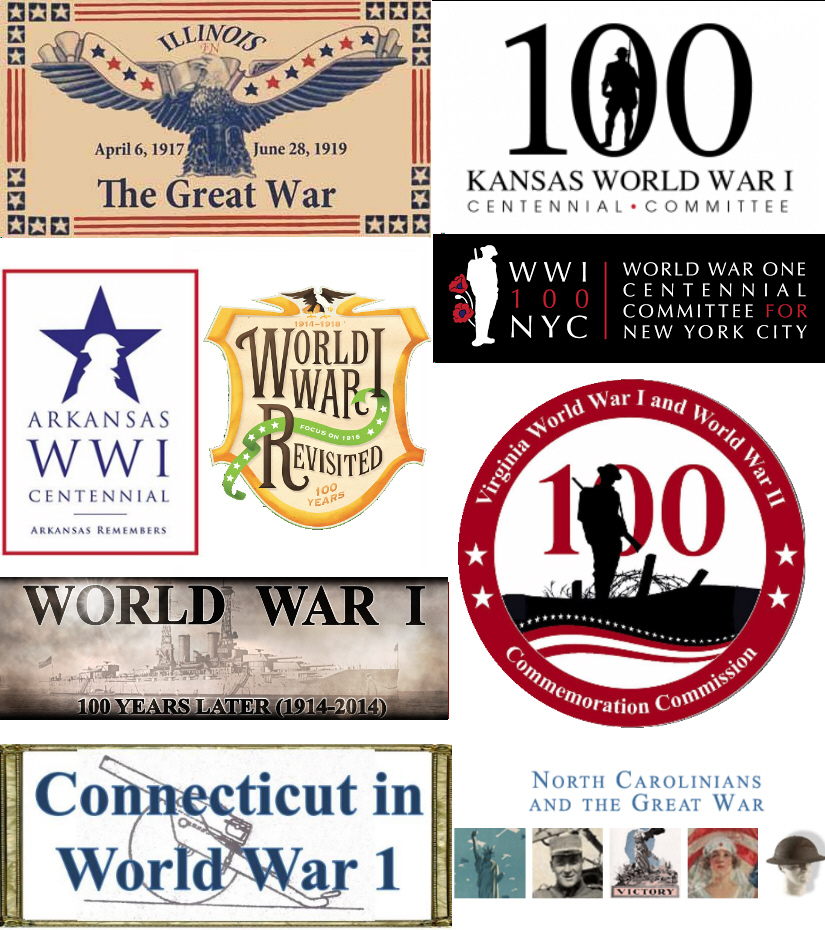
Most Important
Never Forget Those Who Served
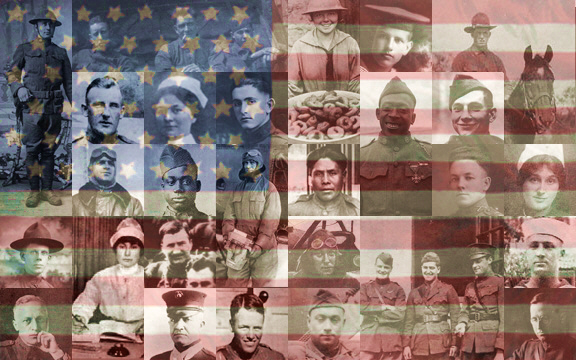
Feel free to download this for your own Centennial Project.
Please mention it's from Worldwar1.com.
|
|

August 1916: Falkenhayn Out — Hindenburg In
By the summer of 1916 it was apparent that German Chief of the Imperial Staff Falkenhayn had to go. Behind the scenes all sorts of objections to his policies were being raised, by the field commanders stuck at Verdun and on the Somme, the olympic-caliber backstabbing bureaucrats of the General Staff, industrialists unhappy about the management of the war economy, and an across-the-spectrum coalition of politicians utterly infatuated with the successful commander in the East, Paul von Hindenburg. Also, recent research has suggested that Hindenburg himself was applying considerable pressure for the appointment.

Cult in the Making
A 1915 Magazine Cover
The near disaster of the Brusilov Offensive and Romania's imminent entry into the Allied camp also helped push him out the door. Hindenburg, already the object of a growing personality cult, was the only realistic successor. Naturally he brought along his subordinate, Erich von Ludendorff. They had become "joined at the hip" during the campaigns in Russia and Poland.
They quickly liquidated the dual-problem battles at Verdun and on the Somme and boosted morale throughout the forces. The Kaiser and the politicians were pushed to the background as Hindenburg and Ludendorff assumed almost dictatorial power over both the economy and the nation's war aims. Their isolation from the nation's people and true interests led to their greatest blunder: going on the offensive in the Spring of 1918 in an effort to win an advantageous settlement before the Americans arrived in decisive numbers. Its failure led to a peace in which the Allies dictated all the terms.
|
|

Our 2017 Centennial Battlefield Tour Schedule

2017 Program
Valor Tours is happy to announce its 2017 World War I Centennial Battlefield Tours. Our brochure is currently in preparation — subscribers to the Trip-Wire will receive it via email as soon as it is ready. Just click on the "Sign Up" button on the top of the page if you haven't registered yet. Here are some details for you:
8 – 15 May 2017: Flanders 1917 Campaign
Includes: Vimy Ridge, Messines, and Passchendaele
24 July – 3 August 2017: Caporetto and the Italian Front
Includes: The Eleven Battles of the Isonzo, Caporetto 1917, Monte Grappa, and the 1918 Line
The full brochure covering the trip and registration details can now be downloaded at:
http://www.worldwar1.com/pdf/ValorTours_2017Flyer.pdf
|
|
|

|

This Month's Recommended Books
Addictive World War I Mystery Series
And let me add to the heading: Award-Winning mystery series. Andrew Martin, Jacqueline Winspear and the mother-son team known as Charles Todd are topflight mystery writers who are also outstanding students of the Great War. Shown below are the first volumes of the authors' WWI novels. For World War I buffs (and I assume all Trip-Wire readers are) the texture and details from the war will surely sustain your interest through the first in each series. If you are also a connoisseur of fine mystery tales, you are certain to get hooked and will want more.
Refresh/Reload if Book Covers Do Not Appear
|

Built Under Fire: The Havrincourt Bridge
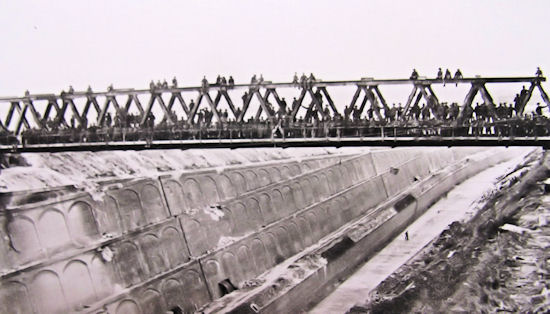
The Proud Builders on Their Bridge
The Canal du Nord in the Somme Sector was a big obstacle for the Allies to cross when they resumed the offensive in 1918. Begun in 1913, this canal was still under construction at the outbreak of the war. The canal formed a kind of huge trench without water. In September 1918 it defined a front between the British and the German Armies. A British offensive was under preparation by the end of September 1918. If the attack was to succeed, a bridge would have to be built to carry supply vehicles and also to allow for the passage of reinforcements. Earlier in the war the New Zealand Tunnelling Company had shown remarkable engineering ingenuity and developed a sideline specialty in bridge building. They were selected to build the bridge. Its completion done well within the range of German artillery, is considered one of the greatest enginering feats of the war.
The construction site was not easy. The site was at the point where the Hermies-Havrincourt road crossed the Canal du Nord. The canal passed through a cutting 100 ft deep with a distance of 180 ft between the tops of the smooth brick walled sides. The New Zealand Tunnellers would join two bridges together to form only one large construction. From an engineering point of view the task verged on the impossible.
On the morning on 27 September 1918, the First and Third British Armies attacked the German front line located near the Canal du Nord. The offensive was the starting signal for the New Zealand Tunnellers bridge-building to begin. In order to optimize the performance, the whole force was divided into two shifts. The first worked from dawn to midday and the second took over from then till dark. At 6 a.m. the New Zealand Tunnellers began work on the skeleton of the bridge. The plan envisaged the erection of the bridge on the west side while on the east side two wooden towers were constructed to pull and to carry the bridge over the canal.
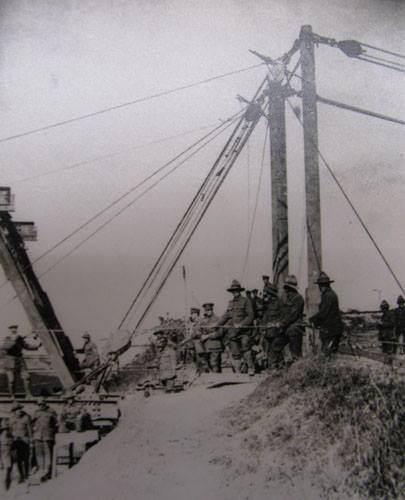
Under Constuction |
The bridge structure was placed on slides which would guide the bridge over the canal. In four days, the structure was ready for the great manoeuvre. A counterweight of 20 tons built with rail tailings was placed at the end of the bridge. Winches were installed on the two towers, which could lift a total weight of 70 tons.
By 5 p.m. on 1 October the launching operation began. Two days later, the structure was slowly slipping away from the other side of the canal. But the weight of the bridge tilted the frame slightly so that it was now 12 foot below the level of the bank. The two wooden towers had only served to pull the bridge over the canal, not to lift it.
The supreme part of the manoeuvre started. Any failure at this time would have spelt disaster. Both winches operated and slowly lifted the iron structure. Inch by inch, the frame was closer to the level of the bank. Around 6pm, the bridge was lifted several inches above the ground level of the bank. The bridge was slowly pulled for the last time and linked both sides of the Canal. It was an amazing engineering feat for men who had never erected a bridge under such conditions.
On the site today are a pair of one way bridges one of which bears close resemblance to the Tunneller's bridge of 1918.
Source: The New Zealand Tunnellers Website at: http://www.nztunnellers.com/
|
|

Ten Practical Lessons Learned in Delville Wood
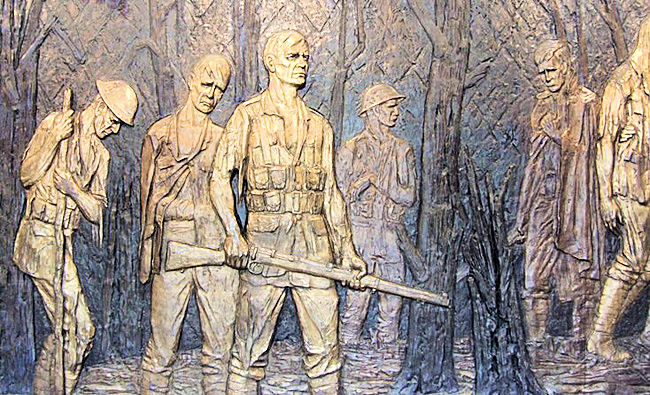
The Sixth Day: Commemorative Panel at the Delville Wood Memorial Depicting the Brigade's Survivors
The Battle of Delville Wood (14-20 July 1916) was described by Sir Basil Liddell-Hart as "the bloodiest battle-hell of 1916." Fought by the South African Brigade of the highly regarded 9th Scottish Division, it resulted in the capture of the majority of the nearly mile-square wood, which at the end had but a single tree remaining. Only some 750 of the 3153 officers and men that entered the wood mustered when the brigade was finally relieved on 20 July.
Afterward the division commander ordered a review. Naturally most of the responses pertained to fighting in forested areas. Here are some of the key points from that review.
1. Occupying woods by infantry exposes them to decimation by artillery fire. The carnage [at Delville Wood] could only have been avoided had the enemy lines been captured across a broad front.
2. Consensus of opinion is that it is useless to attack in face of machine-guns, even if there is no wire obstacle.
3. In a wood the only reliable method of communication is by runner. Visual signaling was not reliable and telephone lines did not last long in the wood.
4. Digging trenches of any depth in woods is almost impossible due to tree roots. Nevertheless, even the shallowest trench could provide some protection. However, there was shortage of spades and picks at Delville Wood.
5. Bright identifying patches need to be done away with. [The South Africans had yellow squares on their haversacks.] "They form a splendid mark for hostile snipers."
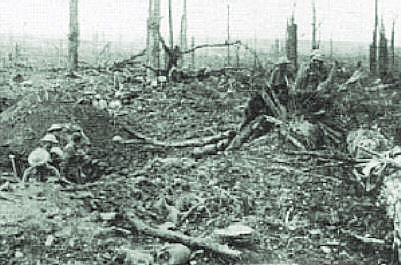
Inside Delville Wood
6. Heavy machine guns are cumbersome to move through forested areas and once spotted are targeted quickly for enemy artillery fire. The Lewis gun was preferable for the woods.
7. The presence of officers invariably established confidence, especially after heavy bombardment.
8. A lack of flares for night fighting allowed the Germans to advance on the trenches under cover of darkness.
9. Considered that snipers should be given a free hand. The qualities of resource and daring are essential to make a good sniper; more so than being a crack shot.
10. It is not considered advisable, after taking a wood, to retain it, but to push out in front and consolidate in the open. Considered impossible to consolidate in the wood.
Source: South African Military History Society
|
|
|
Thanks to each and every one of you who has contributed material for this issue. Until our next issue, your editor, Mike Hanlon. |
|
 (Or send it to a friend)
(Or send it to a friend)
|
Design by Shannon Niel
Content © Michael E. Hanlon
|
|
|







![]() Admiral Herman Bauer (1875-1958)
Admiral Herman Bauer (1875-1958)
![]() Colonel Max Bauer (1875-1929)
Colonel Max Bauer (1875-1929)
![]() King Ferdinand I of Romania (1865-1927)
King Ferdinand I of Romania (1865-1927)
![]() Lt. General Hugh Sandham Jeudwine (1862-1942
Lt. General Hugh Sandham Jeudwine (1862-1942
![]() Congressman Julius Kahn (1861-1924) [pdf file]
Congressman Julius Kahn (1861-1924) [pdf file]
![]() Wojciech Korfanty (1850-1919)
Wojciech Korfanty (1850-1919)
![]() Alfred Mond, 1st Baron Melchett (1868-1930)
Alfred Mond, 1st Baron Melchett (1868-1930)
![]() Gabrielle Petit (1893-1916)
Gabrielle Petit (1893-1916)


















